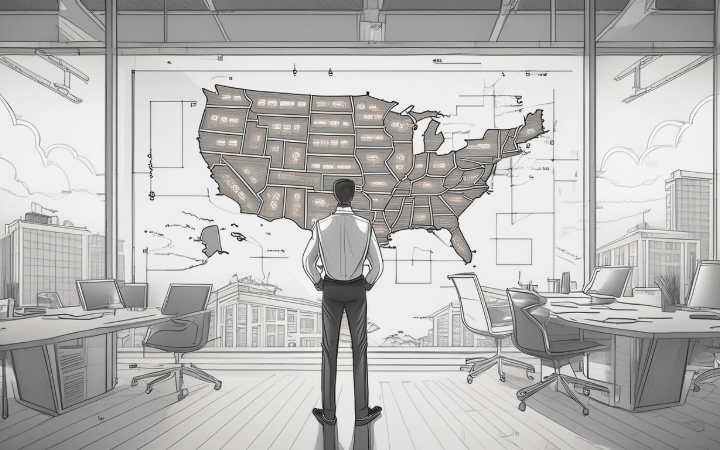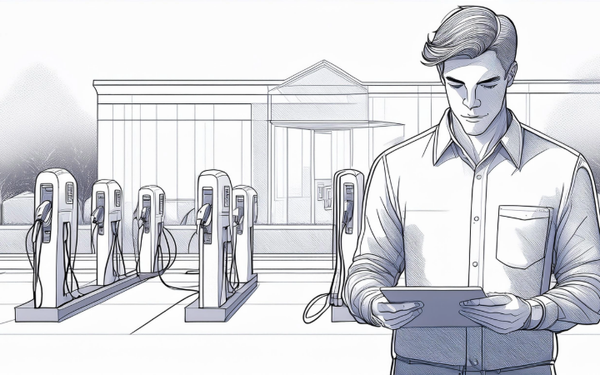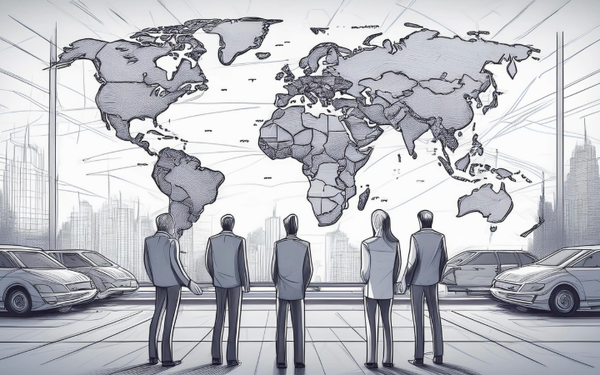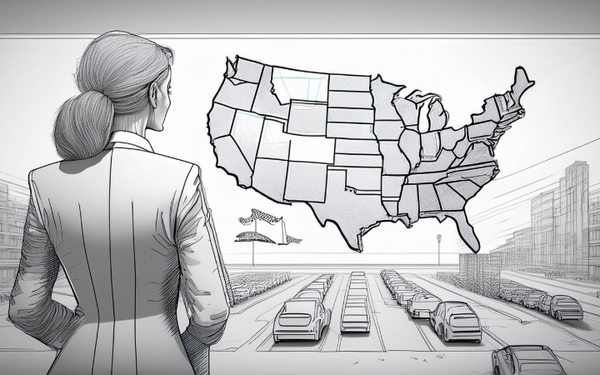The 5 US States Struggling with EV Infrastructure
Several reports highlight a few states that particularly struggle with EV infrastructure. This article provides an overview of the state facing significant challenges.

When assessing which U.S. states are least well-served for electric vehicle (EV) charging, several reports highlight a few states that particularly struggle with EV infrastructure. Here's an overview of the states facing significant challenges:
1. Alaska
Alaska ranks as the worst state for EV charging. Despite its vast geography, it has only 93 public chargers, resulting in a low charger-to-road ratio. This sparse infrastructure makes it difficult for EV drivers to find charging points, especially in remote areas (GearJunkie) (Fleet News).
2. Mississippi
Mississippi is another state with poor EV charging infrastructure. It has the lowest ratio of EV chargers to vehicles, with only 780 public chargers for its EV population. This scarcity translates to significant difficulties for EV owners in finding convenient charging locations (Electrek) (Fleet News).
3. Louisiana
Similar to Mississippi, Louisiana also has a very low number of public EV chargers relative to its size and population. With only 1,950 chargers, EV drivers in Louisiana face substantial challenges, especially given the state's lack of urban density to support widespread charger deployment (Electrek) (Fleet News).
4. Kentucky
Kentucky is another state lagging in EV infrastructure, with only 2,650 public chargers. This low number of chargers relative to the state's size and population density results in long distances between charging points, complicating long-distance travel for EV owners (Electrek) (Fleet News).
5. South Dakota
South Dakota, despite its small population, has a very low number of public chargers. With only 410 public chargers, it has one of the lowest ratios of EVs to charging points, making it difficult for EV owners to find convenient and accessible charging locations (Electrek) (Fleet News).
Additional Insights
Several sources, including Electrek and GearJunkie, emphasize that while these states struggle with the quantity and distribution of EV chargers, they also face other infrastructural and geographical challenges. For instance, vast rural areas and low population densities can make it economically challenging to justify the investment in widespread charging infrastructure (Electrek) (GearJunkie).
Conclusion
Addressing the EV charging infrastructure in these under-served states will require significant investment and strategic planning, including leveraging federal and state incentives, public-private partnerships, and innovative solutions like mobile charging units or incentives for rural charger installations. Improving the availability of charging stations is crucial for supporting EV adoption and ensuring that all regions can benefit from the shift to electric mobility.





